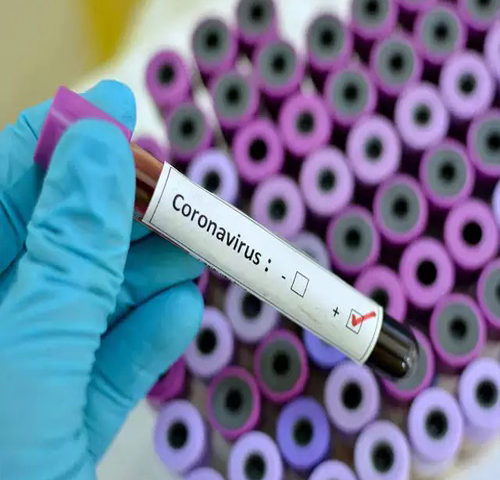
Organizational Preparedness for COVID-19
March 20, 2020
11 Ways to Become a Work from Home Wizard
March 26, 2020Coronavirus is a newly discovered virus which causes the infectious disease known as COVID-19. People can catch the virus through small droplets from the nose or mouth when the affected person coughs or exhales.
The spread of the virus can be broken down into four stages:
1st Stage Imported cases: This includes the spread of virus from infected people travelling back from foreign countries.
2nd Stage Local transmission: This includes the spread of virus to people who have come into contact with infected patients having a travel history.
3rd Stage Communal transmission: This condition occurs when people previously unexposed to any infected patients or lacking any travel history test positive for the coronavirus.
4th Stage Epidemic: This is the final and most severe stage where the spread of the virus seems to have no clear end and affects the whole country, such is the case in Iran, Italy and China.
Countries around the world are working on developing a vaccine and taking precautionary measures by educating their population and even taking stern actions such as community isolation and travel ban. Even though there have been very few confirmed cases in Nepal as of yet, these strong measures and its implementation can help in containment of the virus. Nepal has recently released precautionary measures in order to contain the spread of the virus which includes the following:
- Ban on arrival of nationals from affected countries till April 15.
- People have been asked to minimize their movements outside of their homes.
- Restrictions on gatherings of more than 25 people at public places.
- Movie halls, stadiums, gyms, nightclubs and other entertainment & leisure spaces to remain closed till April 30.
- Suspension of regular classes in academic institutions till April 12.
- Necessary arrangements to be made by hotels, restaurants and shopping malls to control the spread by using disinfectants, hand sanitizers and carry out health screenings with the use of thermometers accordingly.
- Halting of non-essential services by both private and public parties. Essential services include: banking & insurance, electricity supply, water supply, distribution of food, waste management and others.
- Suspension of long haul transportation services and all international flights.
In addition to this, companies and individuals are equally responsible for the safekeeping of others. To know more about how you can help in minimizing the possibility of outbreak in a workplace, click here.
It is also imperative to note that this newly discovered virus has spread fear and anxiety among the people with most of the rumors circulating on social media. Therefore, it is necessary to understand that not all information might be reliable as news agencies and groups can spread false information for self-advantage. Individuals are suggested to follow only those information from reliable sources and discard myths. Some of the myth-busters suggested by World Health Organization (WHO) are:
| Myth | Fact |
| Coronavirus does not spread in hot and humid climates. | The virus has been known for spreading to all areas and can be transmitted at any climate conditions. |
| Thermal scanners can detect the coronavirus. | Since fever is one of the symptoms after infection, thermal scanners can only detect them. However, they cannot detect people with infections alone. |
| Eating garlic can help to kill the virus. | Garlic is considered to be a healthy food having antimicrobial properties but there is no evidence that it can prevent or cure coronavirus. |
| Only older people and people with pre-existing medical conditions are affected by the virus. | People of all ages are affected by the coronavirus. However, elderly people and people with pre-existing medical conditions are more vulnerable to becoming seriously ill. |
| Antibiotics are effective in curing the coronavirus. | Antibiotics are only effective in treating bacterial infections. If there are signs of bacterial co-infection patients may be offered them by health officials. |
For further information on prevention and response plans, readers can follow the links below:

